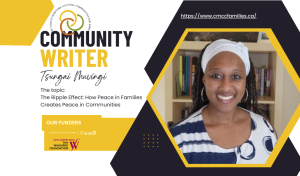We bring together allies and cultural communities to address family violence.
We know that domestic violence is a major public health, social, and criminal issue that affects thousands of Canadians, including new Canadian communities. There has been a number of lives lost, and importantly, much trauma faced by our cultural communities with respect to the stigma and the direct impact on women and children in cultural community families.
Recently we began a dialogue and a first step toward forming a collaboration to create a new cultural community working group to address cultural community stigma and lack of culturally-based information related to Intimate Partner Violence (IPV), and violence in families, in general.
This is a beginning step for us (a future step will be the formation of a Roundtable) to bring together both allies and cultural communities that will seek better ways to address the root causes of this violence.
Based on recent research we know that there are four vulnerable populations who appear to be at greater risk of domestic homicide due to historical oppression and/or lack of access to resources because of isolation through factors such as geography, language, culture, age and poverty.
They are (1) Indigenous populations; (2) immigrant and refugee populations; (3) rural, remote, and northern populations; and (4) children killed in the context of domestic violence.
It is known that each of these populations experience factors that enhance their vulnerability to domestic violence and domestic homicide and exacerbate the negative mental and physical health consequences of this violence. These groups face significant challenges in finding services and safety.


